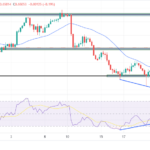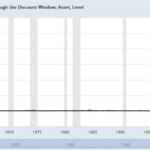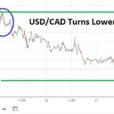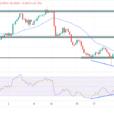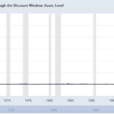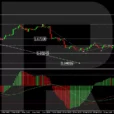

Should investors be overweight to both growth and value? Is it even possible?
The stock market is at an interesting point today, currently enjoying one of its longest expansions on record. As history has all-too-well demonstrated, though, the good times won’t last forever. At some point, something has to give—but when? For many investors, looking to maximize their returns before the clock runs out on today’s bull market, the fear of missing out by adopting a defensive strategy too early is very real.
We get it. After all, who wants to leave the party when the music is still blasting? That’s why, at Russell Investments, we’re looking at equity positioning differently amid today’s market environment. As a multi-asset manager that believes in active management, we’ve noticed that rising short-term interest rates typically improve prospects for growth managers, while increasing earnings growth tends to give value managers a boost.
This conclusion brings us back to our original question: Should we be overweight to both growth and value factors in our portfolios?
If you search growth and value in your internet browser, you’ll see the words pitted against each other, rather than being complimentary. The idea of these two factors being overweight in a portfolio at the same time isn’t one often talked about. But, given today’s market backdrop, we believe it’s a viable position to take. So, the burning question naturally becomes: How? How do we achieve an overweight in these two factors at the same time even though both are often seen as opposing one another?
Growth vs. value
Let’s set the stage by first defining both. Value stocks are shares in companies that have attractive fundamentals (price-to-book ratio, price-to-earnings ratio, etc.) that are trading at a discount to the market. Financials, energy, and real estate are a few sectors that generally fall into this category. At Russell Investments, one of our strategic beliefs is that value will outperform in the long run.
Growth stocks, on the other hand, are shares of companies with higher historical and forecasted growth rates, measured by variables such as earnings and sales relative to the market. Information technology is the most notable growth sector and has been a key driver of returns over the last few years.
Recent performance
As the chart below shows, in terms of recent performance, value came off strong in 2016, only to be outperformed by growth (by more than double) in 2017. Growth continued that rally into the first part of 2018, but in the most recent quarter, value has started to close the gap. It will be important to keep an eye on these two as we approach the end of 2018. Will sentiment continue to slow for growth, allowing value to outperform for the remainder of 2018? We’ll be paying close attention to our indicators to help us forecast what could happen.




